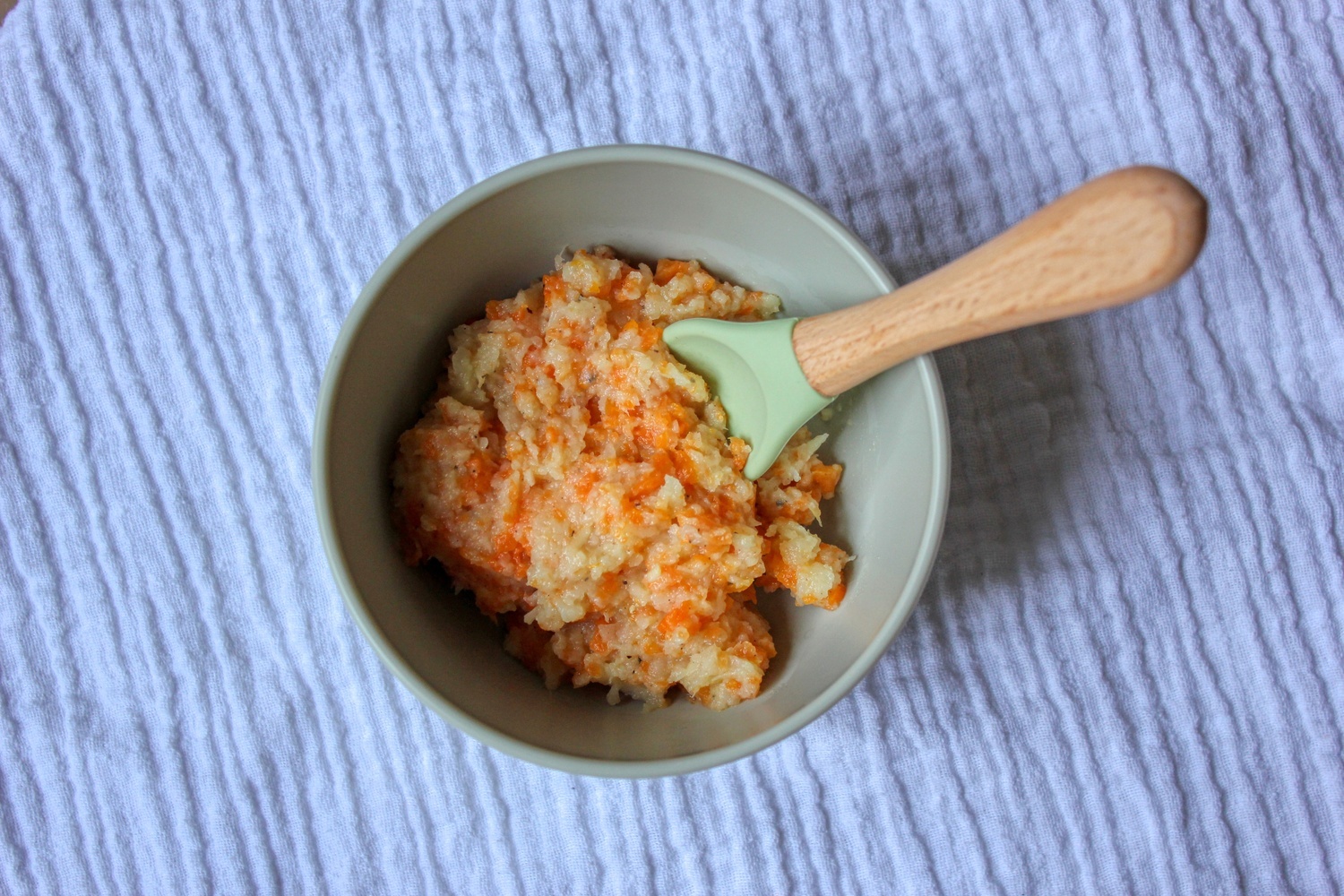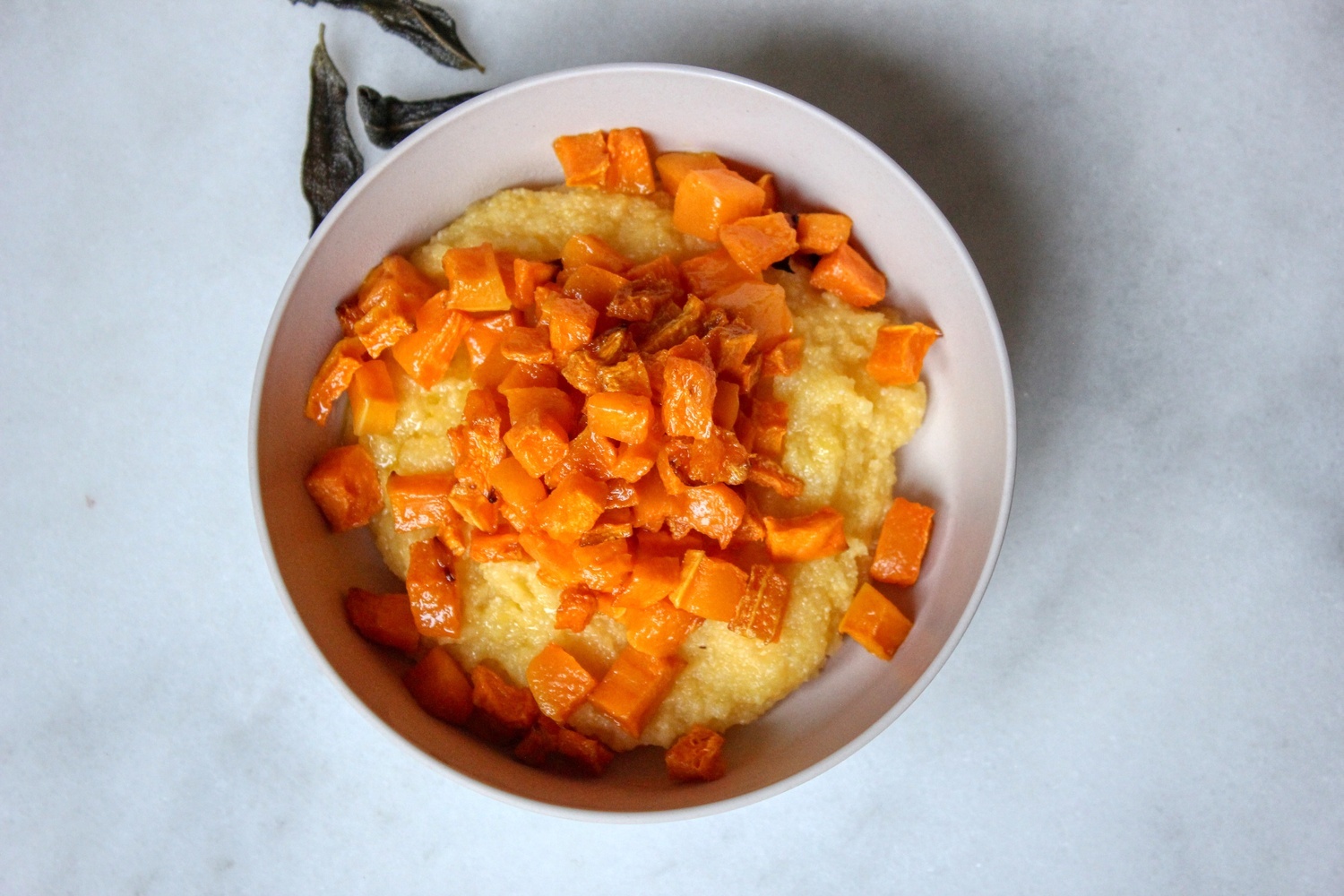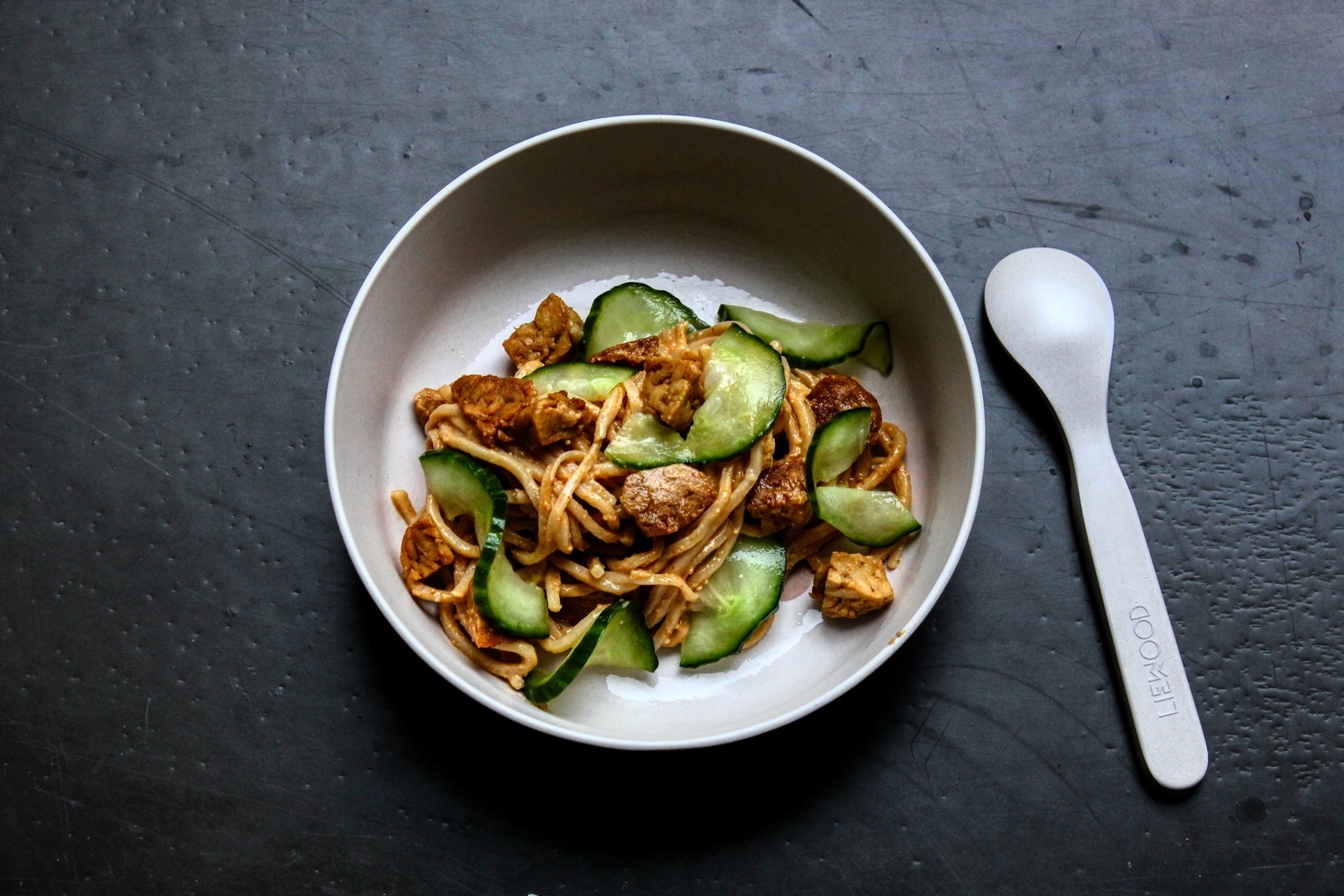What texture should my baby's food have?
Food texture is a common topic in baby food but it is extremely difficult to describe a texture precisely. However, we think it's important to give food texture the attention it deserves, since it really determines everything when it comes to the way we swallow.
Written by Ine De Bruycker, preverbal speech therapist at ReminCare

Have you ever tried to drink soup with a fork? Or tried to eat a sandwich from a cup? You automatically answer no. You don't even have to think about how to swallow different textures and consistencies. But it is not like that for our babies.
Babies start with a blank slate. Their whole programme and motoric pattern for swallowing still has to be written in their little brains. This is done by getting to know all those different textures and practising how to swallow them. When you know that each texture and each consistency requires a slightly different way of swallowing, you suddenly realise how important it is to consider the type of food you feed your child and the time they need to practice these skills.
How can you describe textures?
This is anything but an obvious task. Yet this was the mission of IDDSI the 'International Dysphagia Diet Standardisation Initiative'. This project was founded by a group of volunteers from various disciplines and from all over the world. They developed a standardised way of naming and describing textures and liquids worldwide and across different cultures and sectors. The framework is primarily intended for adults or children with dysphagia (= swallowing disorder) but it is actually useful for anyone involved in nutrition and swallowing. They have their own website where you can find a lot of documentation and further explanation. It's certainly worthwhile exploring! www.IDDSI.org
Which textures are right for your child?
The best known distinction in textures is that between drinks (=liquids) and food. Within these two large groups we can distinguish many sub-levels.
For children without swallowing problems, the sub-levels within the liquids are less noticeable in everyday life. We will therefore not go into them here. In general, it is just important to remember that the thinner the liquid, the better the coordination and timing of swallowing needs to be... so the more difficult. The thicker the liquid, the slower it travels in the mouth so the more control you can exercise over it and the easier it is to swallow.
We do go into a little more detail about the sub-levels of nutrition. IDDSI has a clear framework for describing textures and not for recording the child's development. So we use it here to clarify the intended texture and not to describe the child's development. Please note that these descriptions are not an exact copy from the ones you can find on IDDSI. Please visit www.IDDSI.org for the official documents and definitions, as well as for the most recent information.
Level 4 - Pureed ( PU4)
Pureed food is the texture that you can take on a spoon or a fork but which does not drip through your fork. It keeps its shape on a spoon. The consistency is homogeneous, which means that you will not find any chunks or pieces in it. Your baby will take in this texture through a bite-swallow reaction (take this in the literal sense of the word). There is no need to chew it. This is the carrot puree where you see absolutely no carrot pieces but only an orange homogeneous mass.
When your child starts solid food, you should start offering Level 4 - Pureed ( PU4). This can usually be started between the ages of 4 and 6 months, depending on your child's development. Medical factors can also play a role.
Level 5 - Minced & Moist (MM5)
With this consistency, it is possible to distinguish pieces but it remains a whole. Your baby will sometimes have to crush it a little with his gums, but it remains very soft. Think of a puree of broccoli where the structure of the broccoli is very slightly visible. Your baby will mainly still take the food of the spoon and swallow it immediately, but now and again it provokes a chewing reaction. This stage can be seen as an intermediate between the flat spoon feed and the chunks that have to be chewed. Between 6 and 8 months, the diet is steadily built up and you can introduce this texture.
Level 6 - Soft and Bite Size (SB6)
This describes the whole soft boiled pieces. It should be possible to crush them with a fork, with minimal force. It is important that no liquid is allowed to drip out. There should be no difference in texture between the pieces. For children, the pieces should not be larger than a 1.5 cm cube.
This structure teaches your child to chew. The pieces are so soft and small that this can be done in the safest possible way. By the age of 8 months, this process of learning to chew can be started and you can start serving food with this texture.
Level 7 - Easy to Chew (EC7)
This describes the everyday foods that your child should be able to bite and chew. It is important that this corresponds to your child's age, development and abilities.
Each new step in textures, as mentioned above, requires a new skill from your child. This new motor skill has to become an automated process in the brain by practising and repeating the skill over and over. This means that it can take a few weeks before your child has fully mastered a certain food texture.
In addition to the texture, the materials with which the food is offered also play an extra role. Swallowing from a deep spoon requires a slightly different technique to swallowing from a very flat spoon. A lot of variety in spoons makes it extra challenging for your child. On average, it takes about five weeks for a baby to learn how to lick a spoon.
Do you have to be very strict about the build-up in these stages? No, not if you have a normally developing child and he has already mastered one of the two skills. Suppose, between 6 and 8 months, that everything goes well with spoon feeding (IDDSI Level 4 or 5), then you can offer finger food once in a while (Level 6) when your child is ready for it. Want to learn more about finger foods? Check out our article 'Finger foods 101: what is safe, best foods to start with, when is your baby ready?...' !
Avoid mixing consistencies too early on
Finally, great caution is needed with mixed consistencies. By this we mean foods or dishes that consist of at least two different textures. Two different textures at the same time also means that we need different skills at the same time. Think of bread soaked in milk, yoghurt with chunks of fruit, soup with vegetables or little meatballs, ... Sometimes we have to swallow both liquids and solid food at the same time. This combination is often still too difficult and therefore too dangerous for our youngest eaters. Only when your baby has mastered all the textures, consistencies and skills separately can you start combining them.
We could write many more pages about the wonderful world of textures, but hopefully this will give you a basis for looking at different foods and ways of preparing them. Does your child have problems with a certain texture? Then you can always consult a preverbal speech therapist to help you with this. Good luck in the meantime!




